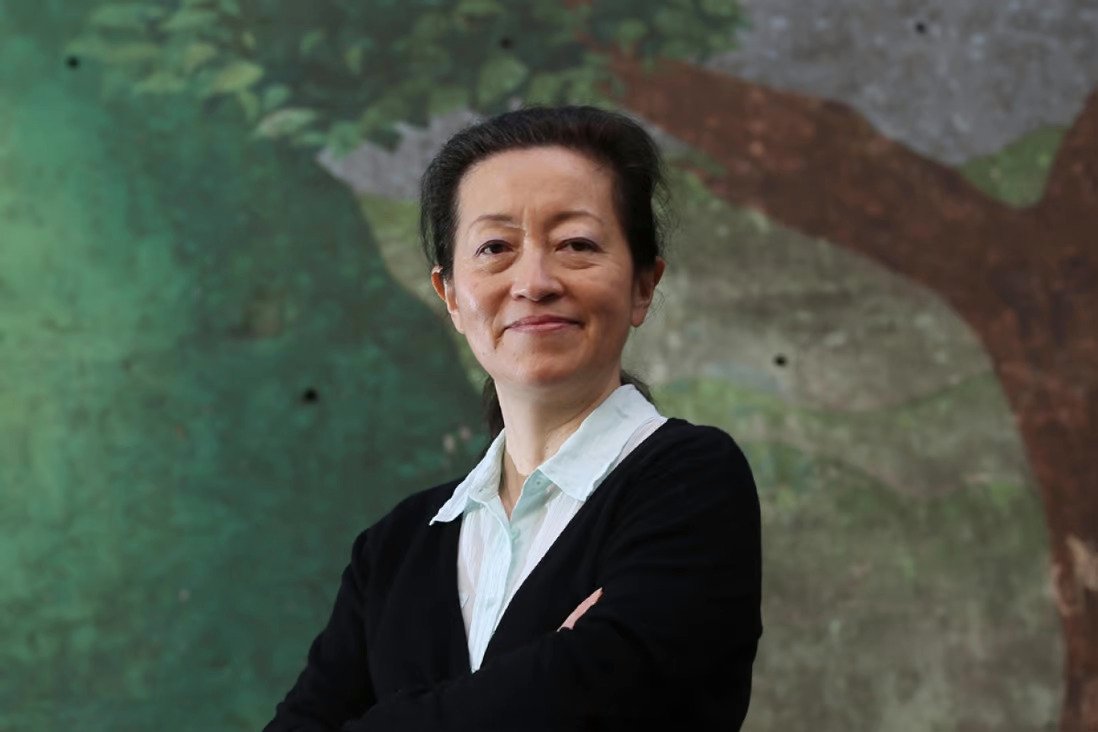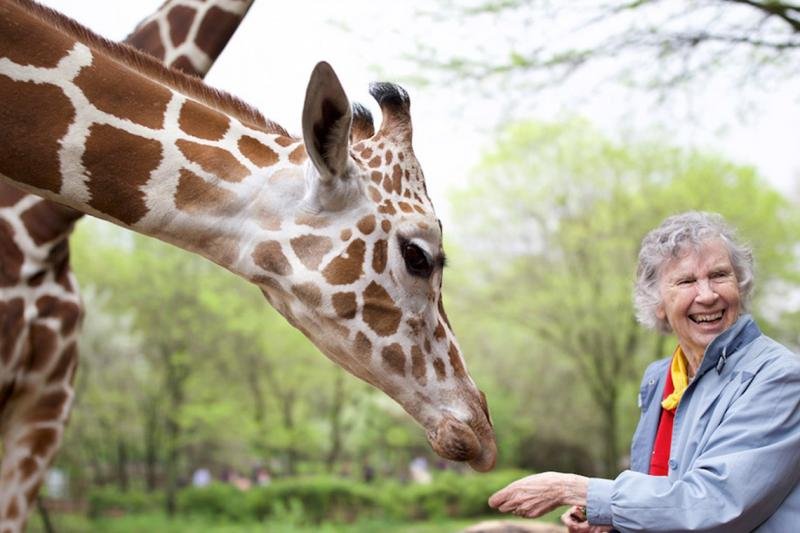5 female conservationists you should know about!
Nature’s femininity has been chronicled since the times of Greek mythology. The female goddess of the Earth ‘Gaia’ formed the conceptual roots of the term ‘Mother Nature’ we know today. Romantic era poets and travel writers alike also feminised nature, with feminine references to the sea and land.
The field of ecofeminism examines these connections between women and nature, coined by French feminist Fracoise d’Eaubonne in 1974. Ecofeminism connects man’s dominion over nature to patriarchal subjugation of women, arguing that both treatments lead to an incomplete and unbalanced view of the world. Practitioners of ecofeminism advocate for an alternative worldview that values the earth as sacred, recognises humanity’s dependency upon the natural world, and embraces all life as equal and valuable.
On International Women’s Day, it’s the perfect time to celebrate ecofeminism and honour the work of women in conservation. In particular, there are five stand-out females who have achieved incredible work in their respective fields, fighting for nature and equality along the way.
The Pioneers of Conservation
1. Grace Ge Gabriel
Grace Ge Gabriel is a Chinese conservationist whose ground-breaking career has centred on helping fight the illegal wildlife trade. Working as Asia’s regional director for the International Fund for Animal Welfare in China, Grace oversaw China’s first draft of an animal welfare law and the country’s first raptor rescue centre. She also initiated the first global campaign to protect the Tibetan antelope, an endemic species on the Qinghai Tibet Plateau.
In the rural Yunnan province in China, Grace’s work was instrumental in linking development with the protection of the locally beloved but endangered Asian elephant. In particular, Grace and her team are helping alleviate human-elephant conflicts, raise conservation awareness and motivate local communities to live in harmony with wildlife. Away from the field and into the courtrooms, she’s testified before the European Union Commission on the protection of wild tigers and the United Kingdom Parliament Environmental Audit Committee on global wildlife crime. As a native of China, who respects the cultural heritage and health benefits of traditional Chinese medicine, Grace has also promoted alternatives to the use of endangered species for Chinese medicine.
2. Anne Innis Dagg
mage courtesy of Elaisa Vargas; image source: https://alumni.utoronto.ca/sites/default/files/styles/content_scale_width_800px_50/public/assets/article/primary-img/Anne-main-photo.jpg?itok=_bOUqkc8
Anne’s career is one shaped by setbacks and rejections. At just 23-years old, Anne was the first person in the world to study giraffes in the wild. She returned with original research that would later establish her as the founder of giraffe science and inventor of the scientific discipline of behavioural biology. Despite this, upon her return to Canada in 1972 she faced rejection and was denied tenure at the University of Waterloo because she was a married woman. However, never one to take no for an answer, these refusals ultimately shaped Anne’s career and transformed her into a feminist activist.
Anne’s work on giraffes was celebrated finally in 2010, and she now has 60 scientific papers under her belt. Of her many publications, the book ‘The Giraffe: It's Biology, Behaviour and Ecology', still provides a comprehensive background on the species for many zoologists today. We owe much of our knowledge about giraffes to Anne’s steadfast determination and love for this long-necked species.
3. Emma Dupree
Photographed by Mary Anne McDonald. Image courtesy of
Emma Dupree was a herbalist whose work positively impacted countless lives in rural North Carolina. Born in 1897, she learned to identify the native plants that surrounded her home and broadened her knowledge of both body systems and health-supportive plants through experience assisting local health workers.
Dupree’s connection to nature and deep knowledge of plants has led to her becoming an influential herbalist and historic conservationist. She shared much of her knowledge of the medicinal properties of native plants with physicians and medical anthropologists at East Carolina University’s School of Medicine. In recognition of her contributions to the appreciation and practice of traditional horticulture, Dupree received the Brown-Hudson Award from the North Carolina Folklore Society in 1984. Posthumously, Dupree was awarded the North Carolina Heritage Award in 1992, a lifetime achievement for notable traditional folk artists in North Carolina.
4. Laurie Marker
Dr Marker initially sought to become a pioneer of the Oregon wine industry, but encountered conservation whilst working at Wildlife Safari (a wildlife park in the US) to support herself in the 1970’s. There, she was captivated by the cheetah, a species that was relatively unknown and misunderstood at the time. During her 16 years at Wildlife Safari, Dr Marker helped develop the U.S. and international captive breeding program for cheetahs, thereby establishing the most successful captive cheetah-breeding program in North America.
Whilst studying the cheetah, her research uncovered a worrying lack of genetic diversity in this species. This in turn helps to explain why the cheetah is hard to breed in captivity. Bringing together her years of research, Dr Marker created the Cheetah Conservation Fund in Namibia, a world-class research, education and conservation centre on a private wildlife reserve. In recognition of Dr Marker’s outstanding work, we celebrate International Cheetah Day every year on December 4th.
5. Farwiza Farhan
Farwiza Farhan’s environmental activism and leadership has been crucial in the fight to protect the Leuser ecosystem in Sumatra, Indonesia. Farhan is the leader of Forest, Nature & Environment Aceh (HAkA): a grassroots Acehnese NGO which is striving to protect the Leuser Ecosystem in Sumatra. Her work invaluably protects critically endangered species under extreme threat in the Leuser ecosystem, the only place in the wild where orangutan, rhinos, elephants and tigers still co-exist.
In 2012, Farhan’s NGO sued an oil palm company that had cleared forest under an illegally issued permit. The case proved successful and ended with the company being fined a landmark 26 million US dollars. Farhan was awarded the Whitley Award in 2016 for her impact on community-driven conservation.
These five women’s pioneering contributions to conservation shine a light on female leadership, perseverance and innovation in the face of gender barriers. Their celebratory work speaks to the ethos of ecofeminism and provides inspiration to encourage others to positively contribute towards nature, by whatever means.
#Conservation #NatureEducation #SustainableLiving
By Emma Tegg - Blog Writer and Conservation Communicator





